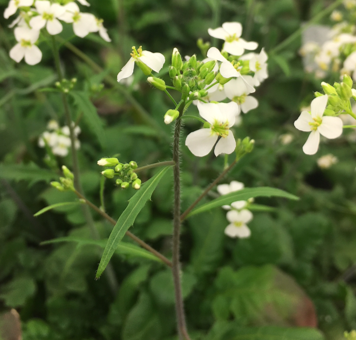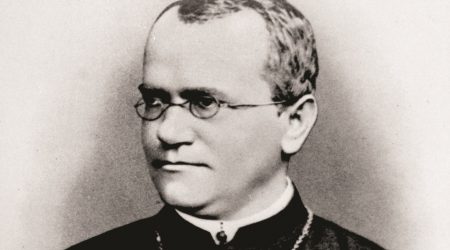Plants require COOLAIR to flower in spring

Plant scientists have discovered that a non-coding RNA, induced by cold, helps plants flower in spring.
Many flowering plants grow vegetatively during the winter months, but begin to flower when warmer spring weather arrives.
Seeking to understand how a plant can switch from one state to another, Professor Caroline Dean and colleagues recently showed that the process, known as vernalization, is controlled epigenetically.
Changes in temperature trigger events that alter the expression of a gene called FLOWERING LOCUS C (FLC) which, when transcribed, acts as a brake to flowering.
During autumn, chromosome-scaffolding proteins called histones acquire a specific modification known as H3K36me6, which causes FLC to be expressed and apply the ‘brake’.
As temperatures cool down, a different histone modification accumulates – H3K27me3, which removes the FLC ‘brake’.
In their previous work, the profiles of H3K36me6 or H3K27me3 were found to be opposite at FLC for many phases of vernalization. How the dynamic histone modifications change during winter remained to be elucidated. Now they show this process involves non-coding transcripts made from the opposite strand (antisense) of FLC.
Co-author Julia Questa said: “When a plant has been sufficiently cold for two or three weeks, two things happen: firstly antisense transcripts, which we call COOLAIR, are expressed, and right after that we notice fewer H3K36me6 histone modifications and more H3K27me3 modifications.”
“But when we looked at plants lacking COOLAIR, H3K36me6 modification did not reduce. Therefore, FLC continued to be expressed, and vernalization was impaired.”
Group leader Professor Dean said: “We’ve deduced that COOLAIR must form part of the switch that helps a plant to flower, or not, after it has been cold. This is a very important finding because not only does it reveal another part of the overall mechanism, it also demonstrates a new role for antisense RNA. We used to think that antisense RNA had little biological significance, but now we know it has a very definite role in epigenetic gene control. It will be exciting to find out what else it does!”
The publication of this research, ‘Antisense COOLAIR mediate the coordinated switching of chromatin states at FLC during vernalization‘, published in the journal Proceedings of the National Academy of Sciences of the USA



